Afternoon Slump? How to Use Coffee Strategically
Experiencing an afternoon slump can be frustrating, but carefully timed coffee consumption can transform those lethargic hours into a period of productivity. The secret lies in understanding coffee timing and tailoring your approach for optimal results. To prevent caffeine withdrawal symptoms and maximize your energy boost, it's crucial to find a balance that suits your body's natural rhythms.
Consider sipping a cup of coffee shortly after lunch, when blood sugar levels dip and energy wanes. This timing enhances alertness without disrupting your sleep later. However, moderation is key. Limiting caffeine intake to early afternoon reduces the risk of interference with your night’s rest. By strategically using coffee during peak sluggish moments, you leverage its benefits, maintain peak performance, and keep post-coffee crashes at bay.
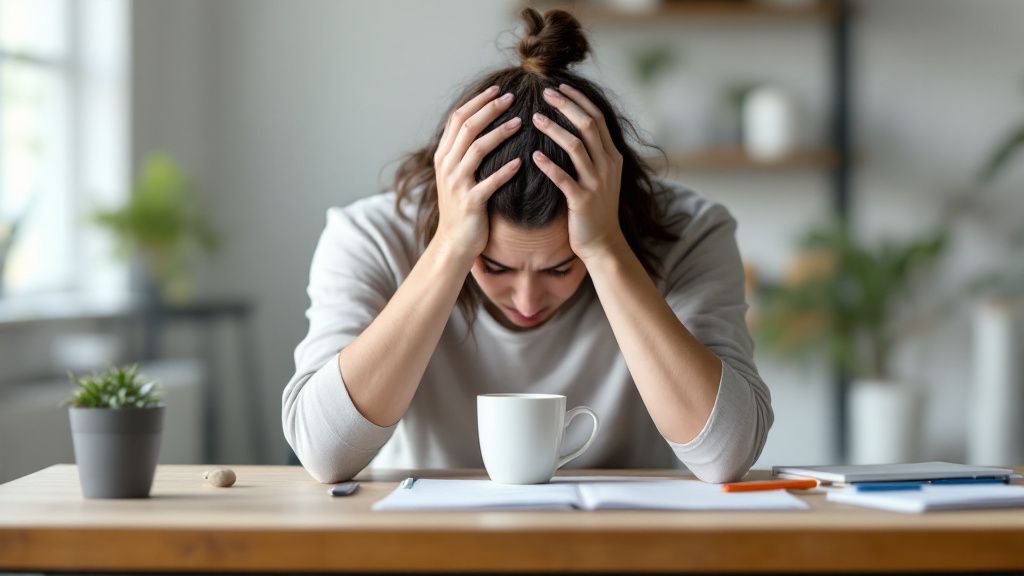
Understanding the Afternoon Slump
The afternoon slump is a common phenomenon where energy levels take a nosedive, often around 2 to 3 PM. This period of decreased alertness is largely influenced by a natural dip in the body’s circadian rhythm, leaving you feeling drowsy and unfocused. Recognizing this predictable drop can help you prepare and combat its effects strategically.
Many people mistakenly turn to sugar when energy hits a low, only to experience further fatigue shortly after. Did you know? A study from the National Sleep Foundation reveals that approximately 58% of Americans feel tired at least three days a week, contributing to reduced productivity. Understanding this statistic can encourage more effective solutions, like regulating coffee timing to bridge the energy gap.
Managing caffeine intake during this time can provide the necessary energy boost without causing caffeine withdrawal symptoms later. The objective is to maintain a balance where the caffeine from coffee takes effect at the right moment, rejuvenating your focus and productivity without compromising sleep at night. Timing is crucial to avoid a post-caffeine crash that might exacerbate the slump.
Consider pairing your coffee with a brief, relaxing pause or light activity to sharpen concentration and increase energy levels effectively. This dual approach helps in sustaining mental clarity while smoothing over the sluggish period of the afternoon. Through strategic adjustments, the slump can be transformed into a productive session, keeping you on top of your tasks.
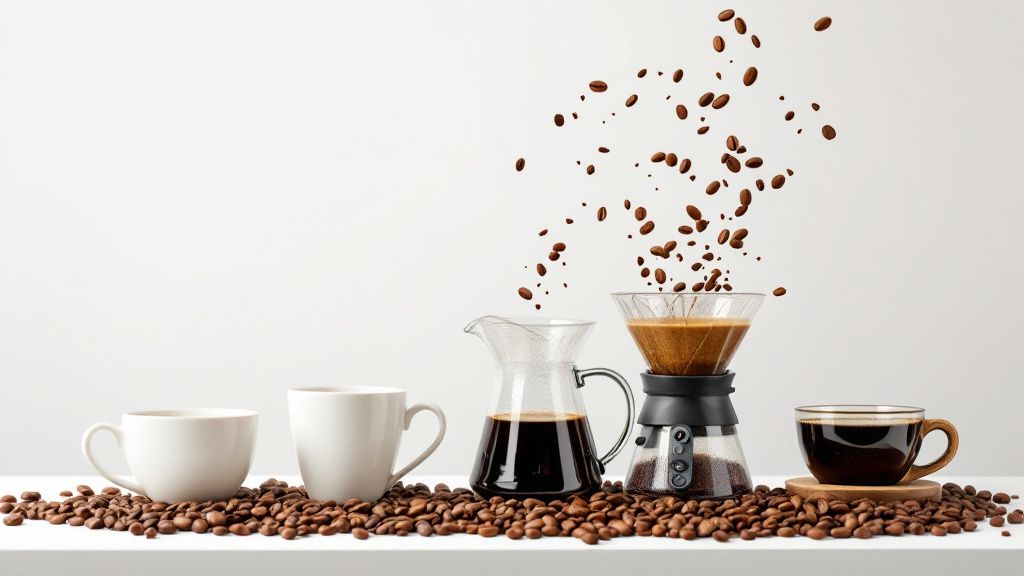
Choosing the Right Coffee for Your Slump
To tackle the afternoon slump effectively, choosing the right type of coffee is essential. Not all coffees are created equally; the amount of caffeine and how it interacts with your body can vary significantly. Light roasts often provide a higher caffeine content than dark roasts, which can be an energizing choice when you're fighting fatigue.
For an optimal energy boost, consider trying cold brew or espresso-based drinks. Both deliver a concentrated dose of caffeine, ideal for those crucial hours when you're feeling sluggish. Additionally, these options can be consumed in smaller quantities, reducing the risk of caffeine withdrawal symptoms later in the day.
To truly benefit from coffee during a slump, there needs to be a mindset shift from defaulting to sugary lattes to embracing coffee in its purest form. Opting for less milk and sugar minimizes unnecessary energy crashes, allowing you to harness caffeine’s natural effects more effectively. This change in perspective supports sustained mental clarity and focus.
Mindfulness in coffee timing plays a significant role too. Understanding when your energy typically dips allows you to time your coffee for maximum impact. This strategic approach ensures that you remain alert and productive, turning the afternoon slump into a period of enhanced productivity.
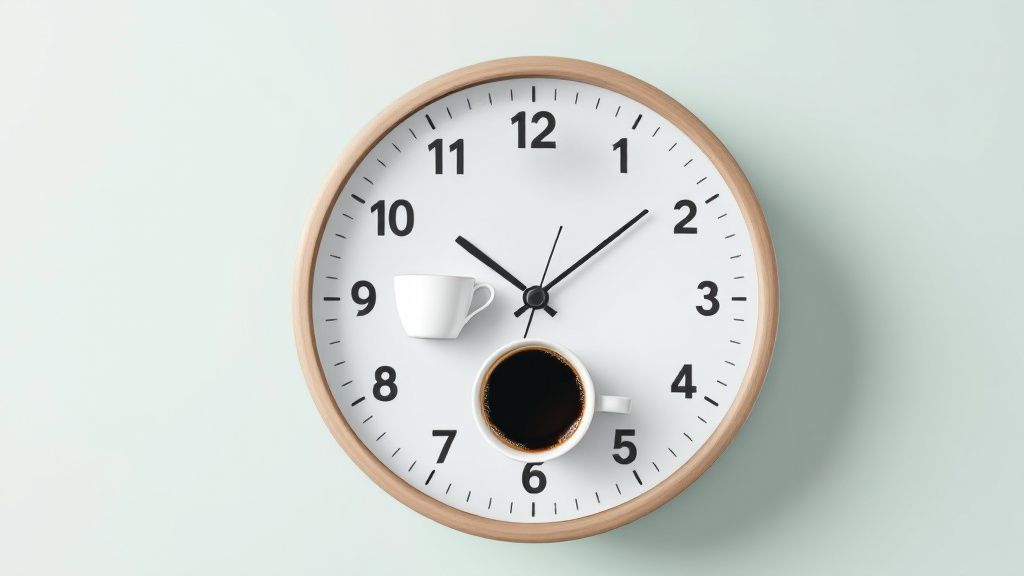
Timing Your Coffee Intake Effectively
The timing of your coffee intake can significantly impact your energy levels. Consuming coffee about 30 minutes before you anticipate an afternoon slump allows caffeine to take effect just in time to combat drowsiness. Understanding your body’s natural rhythm and identifying when your energy dips can help you pinpoint the perfect time for your coffee break.
While many believe that drinking coffee first thing in the morning is optimal, there’s a strong case for adjusting your habits. By delaying your first cup until mid-morning, you give your body time to wake up naturally, thereby avoiding the potential of caffeine interfering with your body’s natural cortisol production. This approach can also help in effectively spacing out caffeine intake throughout the day.
To avoid caffeine withdrawal symptoms and maintain an optimal energy boost, it is important to plan your coffee consumption around your daily schedule. This might mean having another cup in the early afternoon to keep momentum flowing while ensuring it doesn’t interfere with nighttime sleep. Smart timing enhances coffee's benefits and prevents energy crashes.
Employing a strategic approach to coffee timing can transform how you feel during the day. By taking control of when and how you use caffeine, you can turn potentially sluggish hours into periods of sustained productivity and focus.

Maintaining Hydration Alongside Coffee
Drinking coffee strategically can help you combat the afternoon slump, but it's crucial not to overlook the importance of staying hydrated. While coffee provides a quick energy boost, it can also act as a diuretic, leading to dehydration if not balanced with adequate water intake. Ensuring your body is well-hydrated helps maintain cognitive function and overall alertness.
Think of hydration as the oil that keeps your engine running smoothly. Just like an engine requires regular lubrication, your body depends on sufficient water intake to perform at its peak. Dehydration can exacerbate feelings of fatigue, so accompanying your coffee with a glass of water helps sustain energy levels effectively throughout the day.
Incorporating water into your routine alongside coffee can mitigate potential caffeine withdrawal symptoms. By sipping water regularly, you maintain a balance that offsets any dehydrating effects of caffeine. This simple practice is a key component in managing energy dips without relying solely on coffee.
By creating a rhythm of alternating between coffee and water, you ensure that you capitalize on coffee timing without the potential downsides. This habit not only boosts your energy but also contributes to overall well-being, reducing the likelihood of dehydration-related fatigue during those critical afternoon hours.
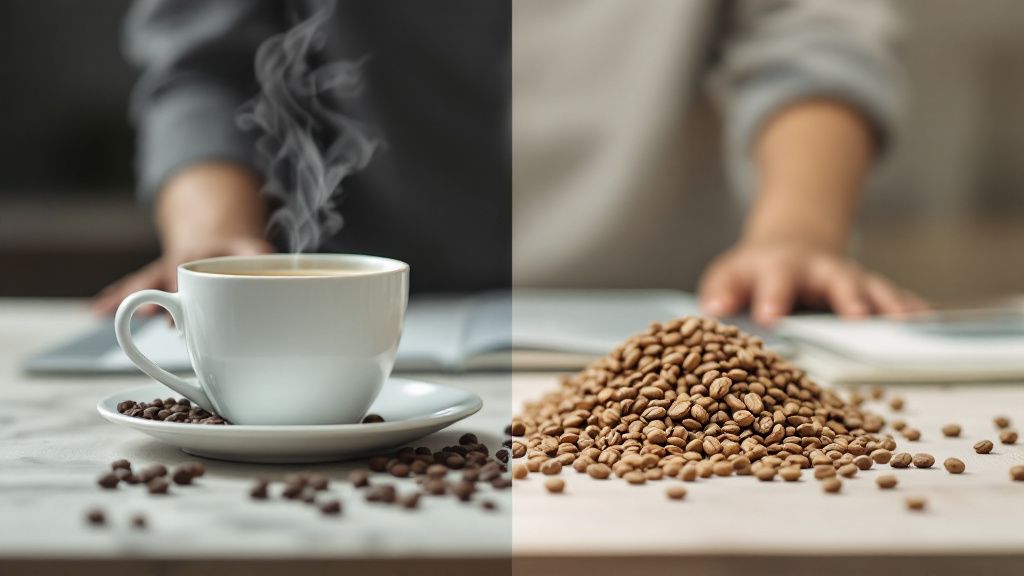
Alternative Strategies to Combat the Slump
Exploring alternative strategies beyond coffee can effectively help you tackle the afternoon slump. Engaging in a brief physical activity, such as a short walk or gentle stretching, can refresh your mind and improve blood flow, enhancing alertness and energy levels. These physical breaks counteract sedentary fatigue, making them a valuable addition to your routine without relying solely on coffee for a quick fix.
Nutritional adjustments can also play a significant role in overcoming the slump. Incorporating snacks rich in protein and healthy fats, like almonds or yogurt, offers sustained energy by regulating blood sugar levels. These types of foods provide a steady supply of fuel, which can help you avoid the peaks and valleys in energy that lead to mid-afternoon tiredness.
Looking ahead, the integration of mindfulness practices is expected to evolve in combating the afternoon slump. Techniques like deep breathing or short meditation sessions are gaining traction as they enhance focus and reduce stress. These mindful moments help rejuvenate your mental clarity, offering a non-caffeinated pathway to maintain productivity during traditionally sluggish periods.
By diversifying your approach, combining nutrition, physical activity, and mindfulness with strategic coffee consumption, you create a comprehensive package for dealing with the afternoon slump. This holistic strategy not only improves energy and focus but also contributes to a more balanced and healthy lifestyle.
 Ratio Eight S2
Ratio Eight S2
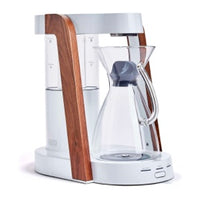 Ratio Eight Original
Ratio Eight Original
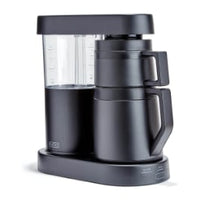 Ratio Six
Ratio Six
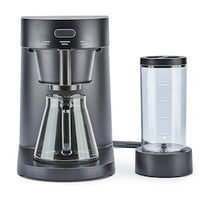 Ratio Four
Ratio Four
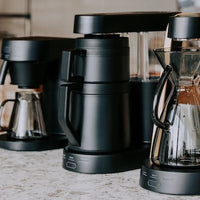 Compare Machines
Compare Machines






